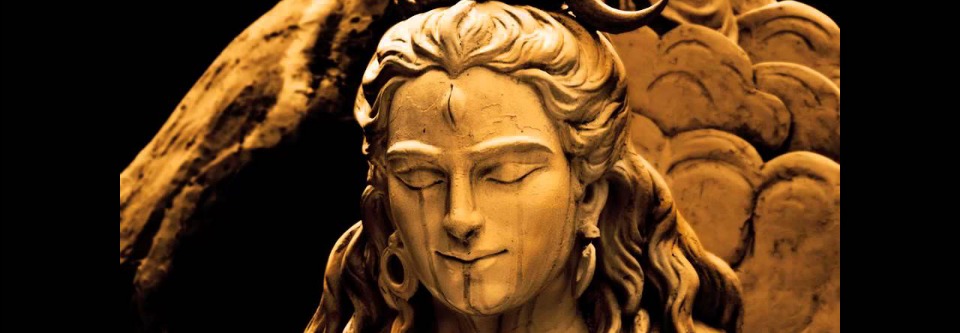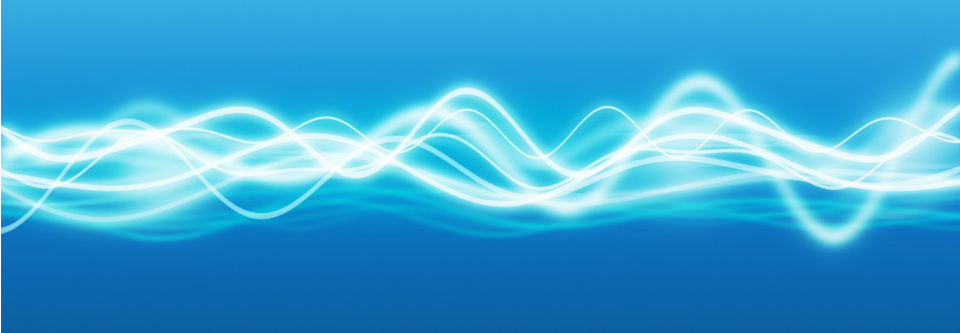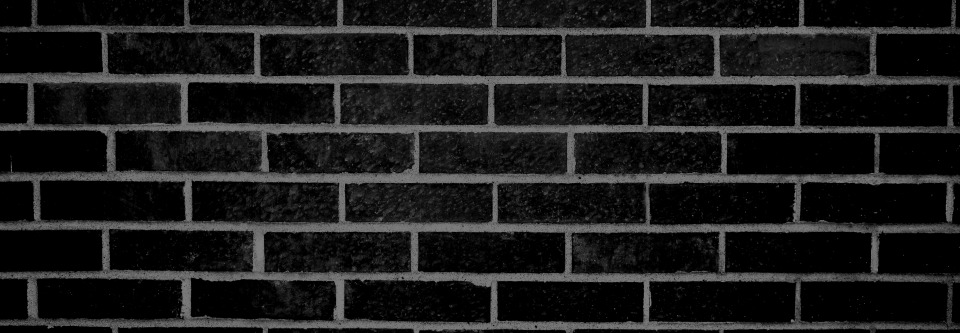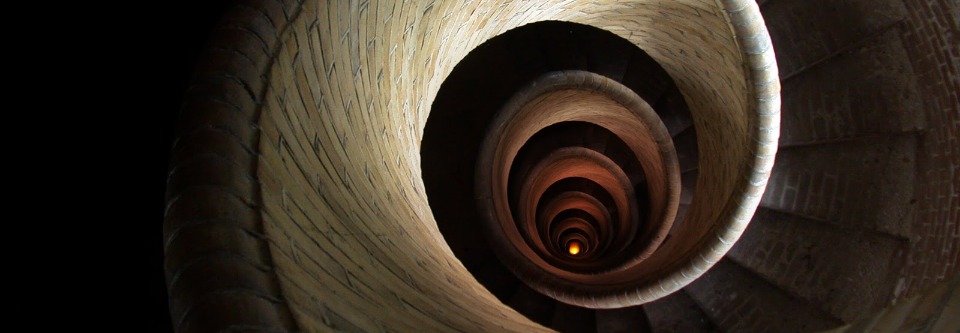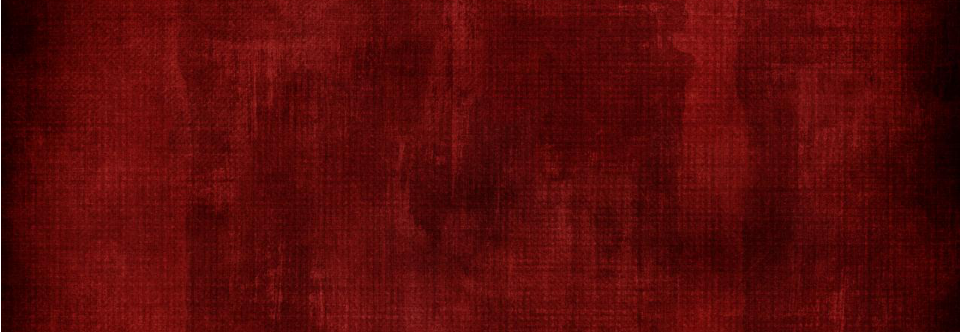Jian Ghomeshi: Male Pain and Male Voice Part I
The news in Canada this week has been dominated by accusations of sexual abuse by Canadian Broadcasting Company radio personality Jian Ghomeshi (the story has gotten some attention in the US press). The controversy began when Ghomeshi made a public announcement on his Facebook page claiming he was the victim of a smear campaign and that the CBC unfairly fired him for his kink/BDSM sexual preferences. He also announced he would bring a $50 million suit against his former employers. In a shrewd PR move Ghomeshi preempted the CBC’s own announcement and for a brief moment controlled the social media narrative: a lone heroic individual oppressed by a cold conservative institution who couldn’t handle his unorthodox sexual practices. He further insinuated that the accusations were from only one jilted ex-lover and that the entire thing was essentially a conspiracy to bring him down.
Since his original reply however more women have come forward (some have been willing to make their claims public). At the time of this writing eight women. As more stories have emerged some are not related at all to questions around kink/BDSM further undermining Ghomeshi’s defense.
Ghomeshi’s show Q was exquisite in its best moments though of course that doesn’t change or diminish the harm he’s caused. It does perhaps explain why there was an initial outcry of disbelief and a rush to defend him in many quarters. (As more stories and accusations have emerged many of those voices are seeming to die down).
The story has ignited a series of related but distinct discussions around consent, sexuality, power, privilege, and abuse.
In terms of required reading there’s the following pieces:
This one (from a former prosecutor) explores the serious barriers that make it difficult for many women to come forward with reports of sexual violence.
This one on the very real existence of rape culture (and the ways it’s revealed itself in this case).
This one on the ways in which Ghomeshi was not following proper ethics as prescribed within the BDSM community. And therefore his initial response that he was a victim of prudery doesn’t cut it. (We’ll come back to this point in a bit as it’s a very important one).
It is true that a huge number of people immediately jumped to Ghomeshi’s defense rather than taking seriously the possibility that the reports could be well founded. A number of posts (including the ones linked above) have been doing a very good job of revealing all the unjust ways in which burdens are placed on individuals who are sexually violated. This is particularly the case when the man in question is a well known and well loved public figure and to expose oneself into the media circus and frenzy can bring with it death threats, cyber-bullying, and public attack.
Legit practitioners of BDSM are right to clearly differentiate their understanding of on-going consent and the ethical complexities of that path from Ghomeshi’s very simplistic and ignorant view that one is simply into BDSM/kink, tells say a date, the date responds with something like ‘yeah I’m into that’ in some general sense, and then he takes that to mean that all manner of actions (even the most controversial within the BDSM world itself) are given a green light.
All those points of view are true. There is however another angle of this story I would like to share, a potentially very controversial one: male wounding.
It’s a complex topic that I’ll explore more directly in the second part. Before delving into it however I want to make clear that any discussion about male wounding (as is about to happen) must take place within the context set by the earlier points. Namely recognition of the pervasive nature of sexual violence, most prominently (though not exclusively) against women and children. (*See Update I below, point #3 for more clarification on this point*.) The reality of rape culture–i..e. a cultural framework which minimizes the effects of sexual violence, believes (falsely) sexual violence to be rare or extreme, and blames victims (‘she was dressing too provocatively’) rather than focusing on the actions of perpetrators.
Those criteria distinguish my perspective from that of the men’s rights movement. The men’s rights movement does speak of male hurts and unacknowledged needs (which I agree need to be addressed) but it then blames feminism as at the source of these problems. It’s at that point that I part company with them. I don’t believe feminism is the problem here–rather it’s patriarchy.
Any male discourse that blames feminism inevitably leads to some nostalgic romantic return to pre-feminist patriarchal ideals of manhood–ideals that are problematic for everyone, including men (e.g. see the pick up artist subculture.)
To the degree that men in our society only identify themselves within the roles and identities ascribed to them by patriarchy then I can understand how criticisms of patriarchy have left some men feeling as if they personally are being criticized and that their maleness is itself a flaw.
If however we can separate men per se from men in and under patriarchy, then we open a door to another way of thinking, feeling, and being. In this understanding the pains underlying a Jian Ghomeshi and the pains underlying many men in our culture could be the source of potential transformation. These pains and hurts are subtle information. Our psyches as men are telling us something and we aren’t listening to ourselves. We also aren’t necessarily being listened to by wider circles, but until we listen first ourselves, how would we have anything coherent to say to which we should be heard?
The Ghomeshi case shows both the failure of patriarchy as well as the lack of a strong, post-patriarchal male discourse.
Rather than blaming feminism, I think a mature men’s movement would acknowledge the wisdom of feminism and then seek to offer it’s own complementary voice of male experience. This approach allows feminism to focus on the empowerment and flourishing of women (and children). Feminism doesn’t need to incorporate male experience. What’s needed is a male movement and male voice that takes feminism seriously, so seriously in fact it would be a core element of its makeup. This male movement I’m imagining would one that acknowledges its class orientation, its social location, its ethnic makeup, etc. In other words the men’s movement I’m describing is largely a middle-upper class, North American one, most likely with a strong though not exclusive heterosexual orientation.
I believe such a male discourse is important because there are gaps in our collective work. For every case like a Jian Ghomeshi we miss an opportunity to speak about this important missing element. (For the record I’m not saying this missing element is more important than responses pointing to rape culture and the like–only that this discourse would be complementary and is needed as well).
The men’s rights movement blames feminism for not hearing the voice of men but why should feminism be oriented to men? Why shouldn’t men find their own voice and add it to the wider ecology of voices and perspectives?
Feminism (in all its varieties and flavors) is only one set of a larger ecology of liberative post-patriarchal ways of being and thinking. Other planets in that galaxy would include queer perspectives, transgendered thought and experience, bisexual reflection, asexual interpretation, intersex and so on. As well as various forms of postcolonialism, ecological insight, aboriginal perspectives, and economic critique. We could even include here voices within the kink/BDSM and related sexual worlds.
That’s not to say male voices are entirely absent from those discourses–men’s voices are prominent in a number of them (e.g. most obviously the experience of gay men but also postcolonial, aboriginal, ecological, kink, transgendered, etc.). But there is a missing aspect here: a form of mostly (though not entirely) heterosexual, North American, middle-upper class men in this world speaking from the position and experience of being a man.
I point to Ghomeshi because he fits all of those characteristics. In saying that though I’m going to say again explicitly, nothing I write here or part II should be taken as a defense for indefensible actions. In Part II I’ll explore what those pains are and how men can begin to deal with this pain but I think it’s important to really get a grasp of the context for best approaching this topic. Without a strong grasp of the context it’s very easy for an investigation into men’s pain to slide subtly or not subtly back into a place of blaming women. I’ve been at pains in this discussion to make clear I don’t think that way nor do I think that view best serves men (or women).
—
Update I:
I’ve already received a good deal of feedback. A number of critiques have been raised. Blogging is nothing if not a form for real time correcting and editing.
#1 I didn’t nuance my understanding of feminism.
This one is true. I can only focus on some many things in one piece but yes a more developed in-depth look would parse out some different schools of feminism, different feminist thinkers. Feminism is by no means a monolithic reality. There are certainly some individual writers and writings (and even arguably some camps within feminism) that could legitimately (I think) be labeled anti-male. I don’t think however that anti-maleness is intrinsic to feminism in the way that anti-feminism is intrinsic to the men’s rights movement. I would say anti-patriarchy is intrinsic to feminism (of all varieties) and it’s important, as well as complex, to sift out at times what is a critique of patriarchy and what is a critique of men wholesale.
#2 I need to be more explicit about advocating for concrete acts of political solidarity.
The critique here is that I’m overly focused on this men’s movement creating solidarity along lines of hearing each others stories, pain, and the path of healing (and then sharing men’s pain) and that I need to put more emphasis (if not priority) on concrete political systemic acts first. This criticism also has a point.
#3 I didn’t clarify enough what I meant by the pervasiveness of sexual violence against women.
So let me do that here now. I was admittedly using my terms fairly loosely above but I had in mind any and all of the following kinds of acts under that umbrella: from rape, to domestic violence, to stalking, to ‘handsy’/unwanted groping, to harassment, to intimidation/catcalling in public, to public shaming or cyber-bulling, to sexual emotional or verbal abuse. If we are only looking specifically at rape it’s easy to get into a very complex debate about how exactly prevalent rape of women really is (how often it’s reported, not reported, false accusations and all the rest) but thinking of the topic more broadly as I had in mind here I think establishes well the pervasive nature of the reality.
#4 Using the Jian Ghomeshi case as an entry point prejudices this discussion by placing all (or the majority of) men into a category of potential rapists.
I had no intention of doing any such thing in this piece. In part, I’ve responded to this charge in #3 just above. If we’re only discussing rape than yes most men are not rapists and are not would-be rapists. If we are talking about the entire spectrum of such abuse (all the ones listed above) then the percentages are sadly higher. Obviously not all the behaviors listed above are of an equally horrid nature. Some are clearly worse than others but all are wrong.
Even acknowledging that however in what I’m attempting to do here, I want to focus on the nature of the pain I see in many men. I was not pointing to some kind of linkage between Ghomeshi’s indefensible actions and the majority of men. Only that this story and the reactions to it show an element that’s missing: namely male pain. (Which even if apparent in Ghomeshi’s case or anyone else’s does not legitimize or soften illegitimate abusive behavior).

